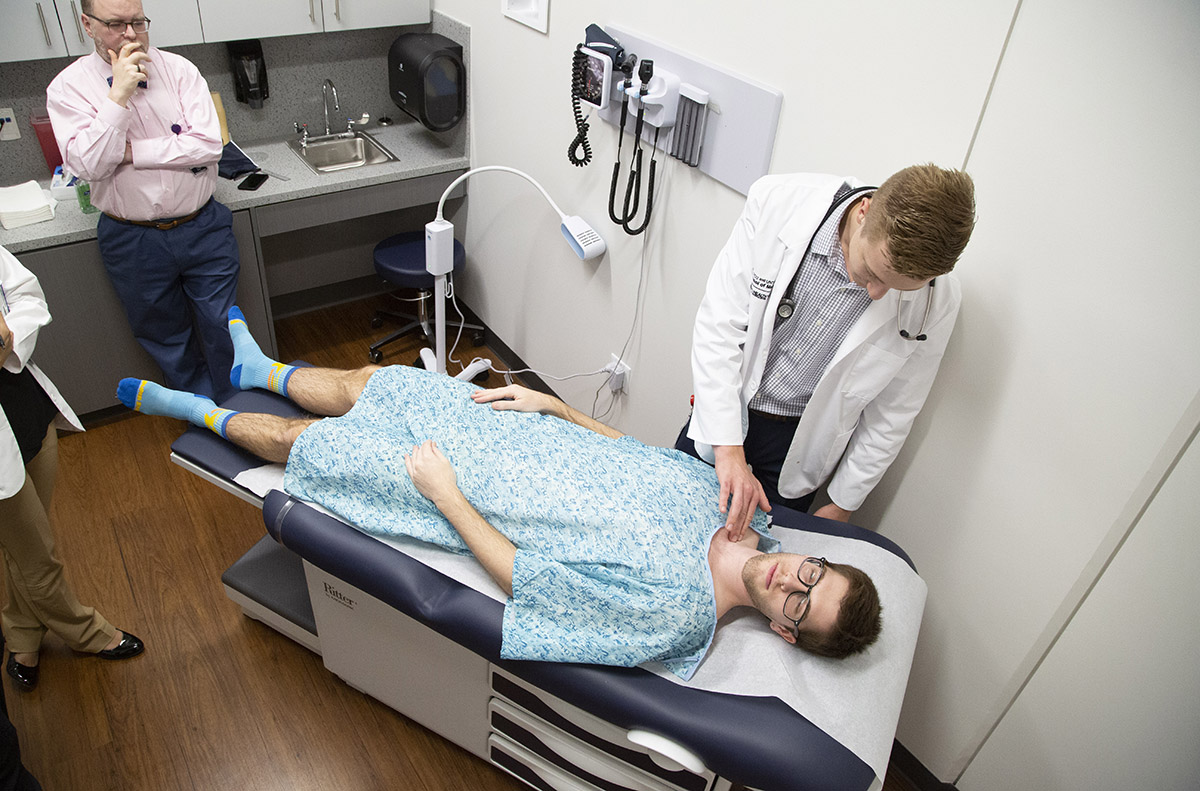Stress and anxiety are terms frequently used interchangeably in daily discussions, clinical settings, and self-help materials. Despite their common pairing, they signify separate psychological and physiological reactions. Achieving a clear comprehension of the distinctions between anxiety and stress is vital, not just for precise self-assessment but also for successful intervention, both individually and professionally.
Understanding Stress: How We React to Outside Pressures
Stress refers to the body’s response to any demand or challenge, often termed a stressor. These stressors can range from tangible events—like an upcoming work deadline or a heated argument—to intangible issues such as existential uncertainty or fear of the unknown. The stress response, sometimes called the “fight or flight” reaction, is a product of evolution. It provides a physiological boost—rising heart rate, rapid breathing, muscle tension—preparing the body to deal with perceived threats or pressures.
For instance, a university student getting ready for their final assessments might encounter stress manifesting as insomnia, heightened irritability, and a reduced desire to eat. These responses usually diminish once the examination period concludes, highlighting another crucial aspect of stress: its strong connection to external conditions, and its tendency to fade once the challenging situation is over.
Anxiety Explained: The Ongoing Condition of Anticipatory Concern
Anxiety, though frequently provoked or intensified by stress, has deeper origins. It is defined by an overwhelming, ongoing sense of apprehension or dread that is out of proportion to any real danger, and it can manifest even without an obvious stressor. In contrast to the body’s reaction to stress, anxiety is predominantly a mental state, yet it can manifest with notable physical signs such as heart palpitations, digestive issues, and muscle tension.
For example, the same college student may feel persistent dread about failing, even when well-prepared, or fear imagined consequences—irrespective of the real likelihood. This anxiety may linger or recur even after exams are over, highlighting the pervasive, sometimes internalized nature of anxious states.
According to the American Psychiatric Association, anxiety differs from routine fear or stress responses in both intensity and duration. Persistent anxiety may interfere with daily functioning and is a hallmark symptom of several mental health disorders, including generalized anxiety disorder, panic disorder, and social anxiety disorder.
Core Differences: Temporality, Triggers, and Duration
1. Trigger Source: – Stress is nearly always linked to an identifiable external event or circumstance. Its onset follows a specific stimulus, such as a work project, relationship conflict, or financial worry. – Anxiety can develop without a clear, immediate cause. It may be generalized—manifesting as chronic worry about various concerns—or focused on unlikely possibilities rather than imminent scenarios.
2. Duration and Intensity: – Stress tends to be acute and resolves as soon as the stressor is removed. While chronic stress exists, it is still tied to ongoing, often objective challenges. – Anxiety tends to be more enduring, sometimes existing in the absence of obvious triggers, and can escalate to disproportionate levels compared to the circumstances or risks involved.
3. Symptom Profile: – Stress primarily initiates physical symptoms—fatigue, sleep changes, muscle aches, headaches—though mood changes like irritability are common. – Anxiety encompasses profound psychological symptoms—apprehension, fear, obsessive thoughts—alongside physical manifestations similar to those of stress, such as rapid heartbeat or sweating.
4. Functionality: – Stress has the capacity to both inspire and hinder. A moderate level of stress (eustress) might boost performance, for instance, an athlete’s sharpened concentration prior to a contest. – Anxiety primarily hinders everyday activities and, when it manifests pathologically, can result in avoidance tendencies, decreased output at work, and damaged interpersonal connections.
Case Study: Workplace Stress Versus Anxiety
Imagine two employees at a tech company as they prepare for a {{product}} launch:
– Employee A feels overwhelmed by the workload, manifests irritability, and sleeps poorly. Once the launch concludes, these symptoms fade. This reflects a typical stress response to a finite challenge. – Employee B becomes persistently worried about job performance and fears being fired, even after consistently positive feedback. This worry persists long after the product launch and is unresponsive to reassurance. B’s experience is emblematic of anxiety, extending beyond situational stressors.
The Interaction Between Biology and Psychology
Both stress and anxiety activate overlapping systems in the brain, particularly the amygdala, which governs fight-or-flight responses. Cortisol and adrenaline levels rise in both states, leading to similar physical symptoms. However, the chronicity and context distinguish their biological footprints. Chronic stress can transform into anxiety if coping strategies fail or if exposure persists, blurring the lines between the two without erasing fundamental differences.
Findings from the National Institute of Mental Health indicate that although brief periods of stress can be beneficial, ongoing anxiety increases the likelihood of developing cardiovascular, metabolic, and inflammatory disorders because of continuous physiological activation.
Management and Intervention Strategies
Interventions for stress and anxiety, while sharing some similarities, diverge in emphasis:
– Stress Management: Solutions focus on time management, relaxation techniques, delegation, and, if possible, altering or eliminating the stressor. – Anxiety Management: Cognitive-behavioral therapy, mindfulness practices, and in some cases, medication are preferred, because the root cause is often internal and persistent.
When to Seek Expert Assistance
Ongoing, unmanageable worry that interferes with everyday functioning might necessitate an assessment by a mental health expert. Strain that regularly exceeds one’s capacity to cope and results in social isolation or physical ailments also warrants seeking assistance. Recognizing the distinctions between typical, temporary stress and problematic anxiety is crucial for obtaining prompt help.
Distinguishing between stress and anxiety provides a refined insight into our emotional state. Stress represents a common reaction to external demands, whereas anxiety is rooted in prospective worries and internal thought patterns. Acknowledging these distinctions allows for more accurate recognition and customized strategies for well-being, equipping people to handle life’s difficulties with clear-headedness and fortitude.



:strip_icc()/GettyImages-1285710682-b0236f4671d1428fa53fd5be8a37c521.jpg)